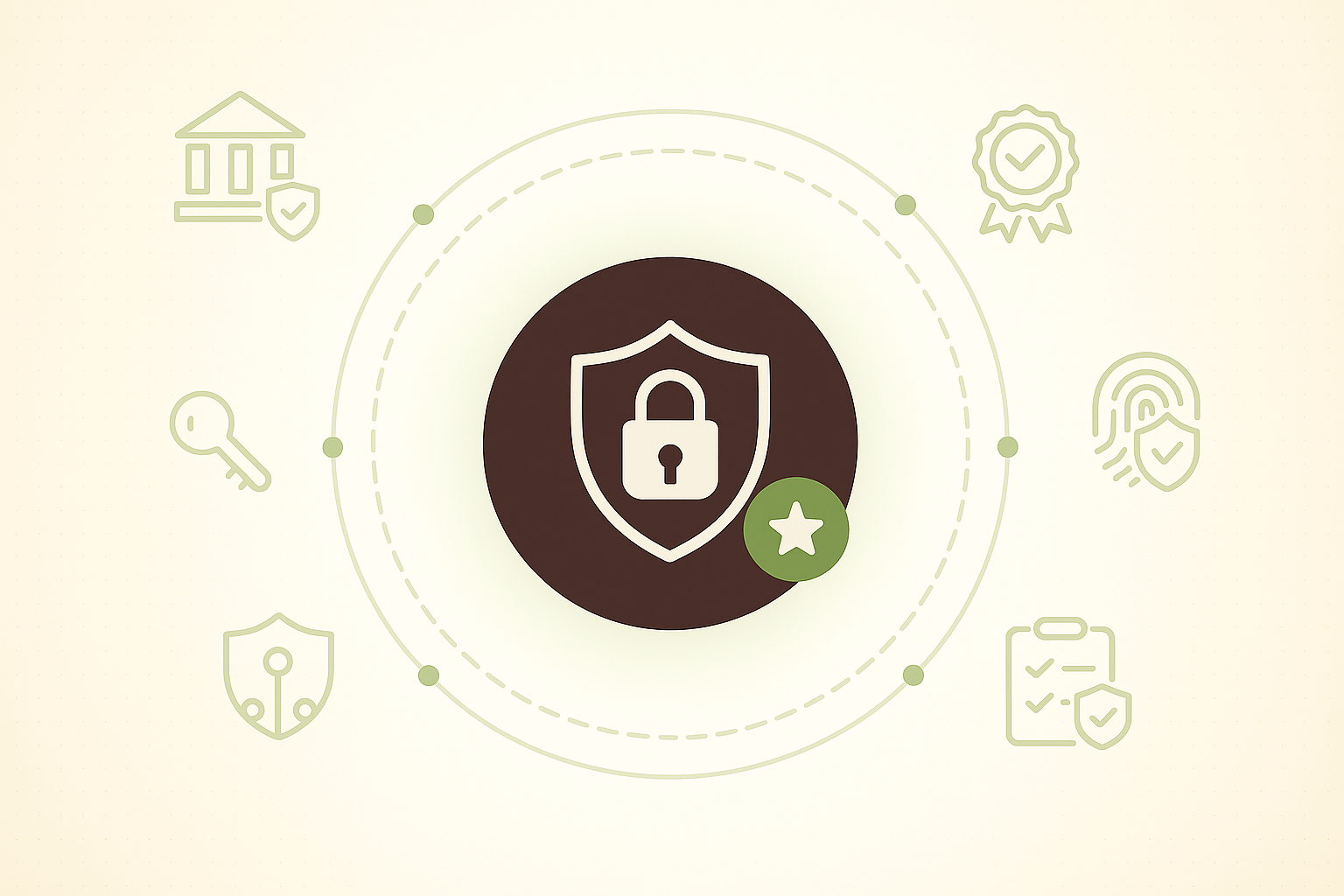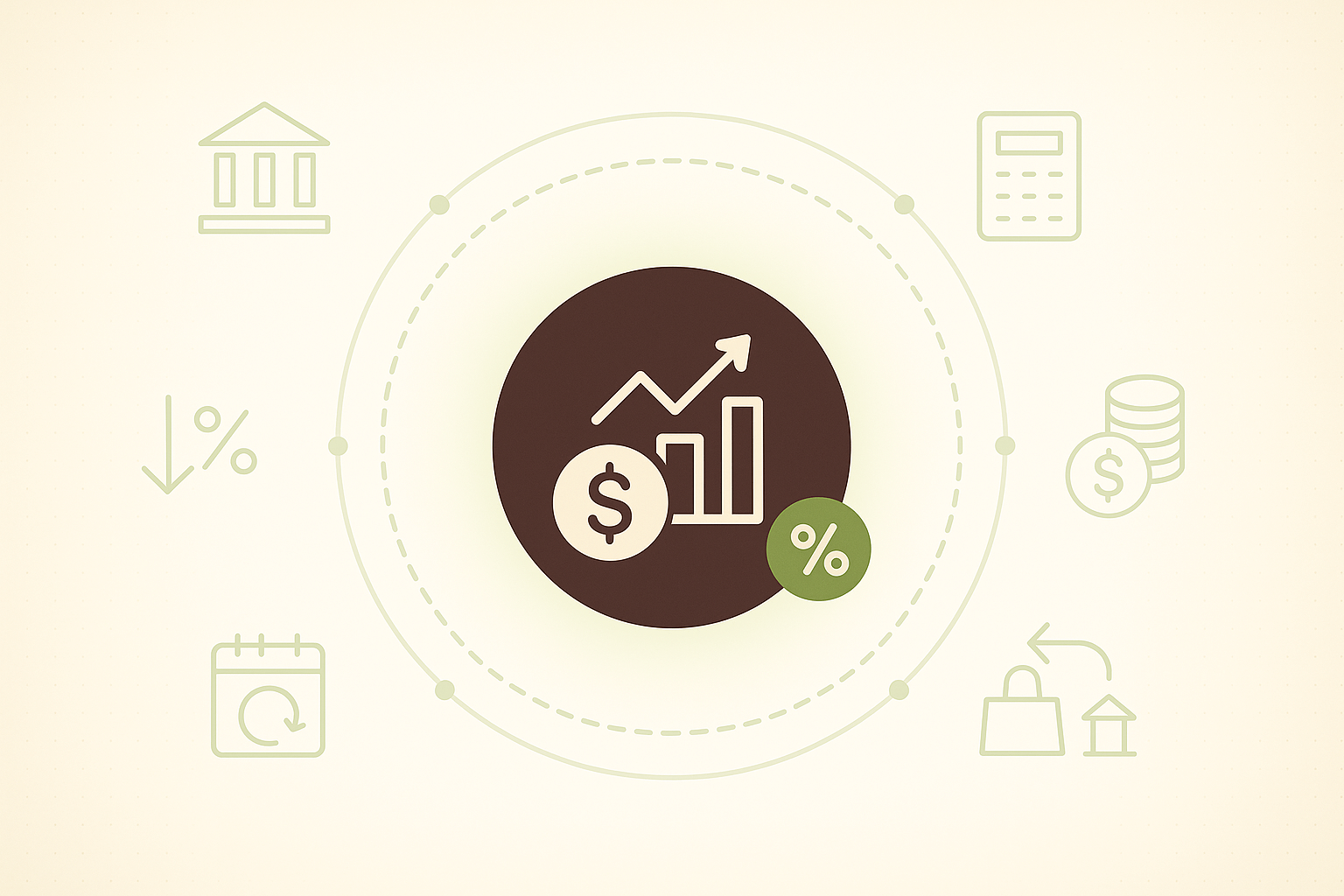The Payment Gap in B2B Ecommerce and Why Credit Cards Don’t Beat Direct Deposit
If you run a B2B store on Shopify Plus, you already know how expensive payment processing can get. Every time a wholesale customer pays by card, a piece of your profit quietly slips away. Two or three percent might not sound like much, but when your average order is worth thousands, those fees turn into a serious leak.
That model works fine for consumer brands selling quick, low-ticket items. For distributors, manufacturers, and bulk suppliers, it doesn’t. Most business buyers don’t want to pull out a credit card for a $5,000 order. They want to move money the way they always have, straight from their company bank account, like paying an invoice or wiring a vendor.
That’s where ACH Direct Debit changes everything. ACH stands for Automated Clearing House, the U.S. network that moves money securely between banks. It’s how payroll, vendor invoices, and recurring business payments happen every day.
Until recently, Shopify merchants couldn’t use ACH at checkout. That’s no longer the case. Shopify Payments, powered by Stripe, now supports ACH Direct Debit for B2B orders on Shopify Plus. It’s not an app or a workaround; it’s built right into Shopify Payments itself.
If your store is still on a standard plan, our Shopify Plus migration and re-platforming guide outlines exactly what it takes to upgrade and unlock features like ACH Direct Debit.
Your customers can link their bank account directly at checkout, verify the connection through a secure interface, and authorize payment instantly. You still get unified reporting, payouts, and automation inside Shopify, but now with lower fees and a process that fits how real B2B buyers prefer to pay.
ACH isn’t just another payment method. It’s a structural shift in how large transactions move through ecommerce: cleaner, safer, and made for business-to-business trade.
What ACH Transactions Really Are and Why They’re Built for B2B
ACH is the system banks in the United States use to move money between accounts: payroll, vendor payments, and subscription pulls. It has been running in the background for decades, and it is boring in the best possible way.
When a buyer pays through ACH Direct Debit on Shopify, there is no card involved. They link a bank account, confirm their identity, and the payment is pulled directly from their account to yours. It is not instant, but it is predictable. Most payments settle within three or four business days, and the funds roll into your regular Shopify Payments balance.
The real win is cost. Card processors take a bite out of every sale. ACH usually costs pennies on the dollar. On big B2B orders, that difference turns into a real margin you can feel.
There is also a trust factor. Paying from a company bank account feels correct to finance teams. It matches how they track invoices, approvals, and purchase orders. Your records line up with theirs. No chasing card statements later.
That is why industrial suppliers, distributors, and manufacturers have leaned on ACH for so long. It is not flashy. It simply works and keeps the wheels turning.
Now that Shopify Payments supports ACH Direct Debit for B2B, that reliability finally lives inside your checkout. Learn more about how ACH works across ecommerce platforms in our ACH and eCheck payment integration overview.
Shopify Plus Today: What You Can and Can’t Do
Shopify Payments has always handled credit cards beautifully, but for a long time, direct bank payments were missing from the picture. Merchants had to rely on manual workarounds, like sending invoices or waiting for wire transfers, just to get paid the way B2B buyers preferred.
That gap finally started closing when Shopify added ACH Direct Debit for B2B. It is only available to merchants using Shopify Plus, and only for U.S. stores that sell in dollars. But when it is turned on, it changes everything about how large orders get paid.
You don’t have to connect Stripe separately or bring in another payment gateway. Shopify Payments already runs on Stripe’s infrastructure, and ACH Direct Debit lives inside that same system. All you need to do is activate it in your Shopify Payments settings. From that point forward, your business buyers can link their bank accounts directly at checkout, verify them securely, and authorize payment with a few clicks.
If you want a full walkthrough of the activation process, see our Step-by-Step Guide to Enabling ACH Payments on Shopify Plus.
This kind of built-in efficiency is what makes Shopify Plus so powerful for B2B merchants. In our Shopify Plus development case studies, you can see how customized payment flows and checkout experiences help large stores handle high-volume, high-value orders with the same reliability ACH brings.
It’s important to know this feature is built for B2B only. Retail customers won’t see it at checkout, and it does not apply to in-person sales. It is meant for wholesale orders, company accounts, and any transaction that runs through Shopify’s B2B channel.
ACH Direct Debit also works differently than card payments. When a buyer places an order, the payment doesn’t clear right away. It moves through the banking system, and that can take up to four business days. While the payment’s processing, the order just sits in Shopify as “pending.” Once everything clears, Shopify flips it to “paid” and sends the payout like usual, right on your normal schedule.
It might feel a bit slow at first, and that’s okay; that’s kind of the point. There’s no chasing payments or waiting on a bunch of confirmations. The money just does what it’s supposed to do, moving straight from one verified bank to another, quietly, inside a system you already trust.
How ACH Payments Work in a Shopify Plus Workflow
Setting It Up
Adding ACH Direct Debit to your Shopify Plus store isn’t just another toggle in your settings. It’s the moment you start accepting payments the way real businesses prefer to pay. Inside your Shopify admin, go to Shopify Payments and look under “Local payment methods.” If your store is on Shopify Plus, based in the U.S., and selling in USD, you’ll see the ACH Direct Debit option waiting there.
Click “Activate,” and that’s it. No third-party gateways, no extra logins, and no code to write. Shopify handles everything through its own Stripe-powered infrastructure.
What Buyers See at Checkout
When a business buyer checks out, they’ll notice a new option that says something like “Pay from your bank account.” They click it, connect to their bank through a secure window, and confirm the payment. It takes about a minute.
There’s no back-and-forth email, no invoice attachments, and no “just checking if this went through.” The transfer starts moving quietly in the background as soon as they click “Confirm.”
What Happens After Payment
Once the order is placed, Shopify marks it as “Pending.” That’s normal. ACH payments need a few days to clear through the banking system, usually three or four. While that’s happening, you don’t have to do a thing. When the payment settles, Shopify updates the order to “Paid” automatically, and the funds appear in your next payout.
If you’ve ever spent time cross-checking deposits or chasing confirmations, this part feels like a relief. You’ll look at your orders one day and realize everything lined up on its own.
The Quiet Advantage
ACH doesn’t make a lot of noise. It just works. Over time, it becomes one of those systems you stop thinking about. Your buyers trust it because it feels familiar, and your team trusts it because it never misses a beat.
It’s not glamorous, but it’s dependable, and in B2B ecommerce, that’s exactly what matters.
Security and Trust Behind ACH
The best thing about ACH is that it doesn’t try to impress you. It just works. Every day, it moves paychecks, rent, and vendor payments quietly through the same network that’s been trusted by banks for decades. There’s no marketing spin around it, no shiny new system that needs convincing. It’s old, steady, and proven.
When a customer pays you with ACH inside Shopify, they’re not handing over a card number or filling out some long form. They log in to their own bank through a secure window, verify who they are, and that’s it. The payment moves directly between banks. Their details never sit on your website, and you never have to touch or store them.
It’s a small thing, but it changes the energy of a transaction. Buyers don’t feel like they’re tossing credit card data into the void; they know exactly what’s happening and where their money is going. That feeling of transparency and control is rare in online commerce, and it’s what keeps businesses coming back.
For merchants, ACH offers a steady, predictable kind of control. Since payments take a few days to clear, that short pause can actually work in your favor. It gives your team time to review orders, fix any errors, and make sure everything’s right before products go out the door. Instead of racing to keep up, you get to set the pace.
Over time, this creates something that’s hard to fake: trust. That same principle drives our approach to Shopify Plus development and design, where performance and reliability always come first. The buyer sees how smoothly every payment is handled. You see money coming in without the noise of disputes or chargebacks. Everything feels clean, deliberate, and grown-up.
That’s what real security is; it’s quiet, invisible, and built on confidence. It’s not about locking everything down; it’s about making business feel easy again.
Advanced Use Cases: Subscriptions, Net Terms, and Recurring Orders
Once you start using ACH, you realize it isn’t just another payment method. It becomes part of the way your business runs. The real advantage appears when you apply it to repeat customers, the ones placing the same orders every month or paying on fixed terms.
Take a distributor that invoices on Net-30. With ACH Direct Debit, each payment can be scheduled automatically for the exact day it’s due. The same logic applies to subscription or reorder models. Learn how we’ve implemented an auto-recurring subscription system for Shopify and BigCommerce to handle these workflows with full automation.
If your buyers purchase on a routine cycle, ACH creates consistency. Payments pull directly from verified accounts, orders process without delays, and your finance team can forecast cash flow with far more accuracy.
For B2B companies, that kind of predictability is the real return. You’re not just saving on processing fees; you’re tightening operations. Your customers get a payment experience that mirrors how their accounting departments already work, and you get a system that runs without friction or noise.
ACH adds reliability. And in business, that’s worth more than anything else.
The Financial Case for ACH
For most B2B companies, the numbers alone make the case. Credit card fees may seem tolerable at two or three percent, but once you start processing large invoices, that “small” percentage becomes a real cost. If your store runs a million dollars in transactions each month, you’re probably giving up around thirty thousand dollars in card fees. Over a year, that’s more than a quarter million gone before the money even hits your account.
ACH Direct Debit changes that math. Fees drop to a fraction of what you pay for card processing, often under one percent. On the same revenue, that could mean paying five or six thousand instead of thirty. The savings compound every month.
But the real gain is the stability. Card payments fail for all sorts of reasons: expired numbers, credit limits, fraud holds. ACH transfers almost never do. You get fewer payment interruptions, fewer customer service tickets, and fewer days lost waiting on funds to clear. To match that level of reliability, optimizing your store for speed also matters; see our guide to faster Shopify product pages.
The difference shows up in your forecasts. Cash flow becomes easier to predict, margins open up, and your finance team spends less time chasing numbers. ACH doesn’t just save money; it gives you back control over it.
For high-volume B2B merchants, that control is what matters most. It means your payment system is finally working at the same level of efficiency as the rest of your operation.
The Efficiency Upgrade Nobody’s Talking About
Every business has invisible costs. Payment fees. Delays. Manual checks. Little bits of friction that no one questions because they’ve been there for years. ACH doesn’t just lower fees; it quietly removes all that wasted motion.
When your team isn’t chasing invoices or waiting for confirmation emails, they can actually focus on what moves the company forward. Finance stops firefighting. Sales doesn’t have to explain payment options. Orders just move. The process feels clean in a way that credit cards and manual terms never quite manage.
Shopify Plus already gives you the structure to run a serious ecommerce operation. ACH Direct Debit adds the financial stability to match it. It aligns your checkout with how real companies prefer to pay, and it brings consistency to the one thing that always matters most, getting paid on time.
If you’re ready to explore ACH for your Shopify Plus store, contact with our team at Optimum7 can help you design and implement a secure, automated workflow that fits your business.









